#97 in Vietnam
Bánh Gai: Basic Information
Pronunciation
Alternative Name(s)
Dish Type
Course
Mealtime
Popular Bánh Gai Variations
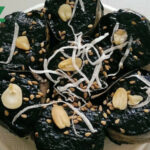
Bánh Gai Tứ Trụ

Bánh Gai Nam Định

Bánh Gai Ninh Giang
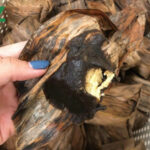
Bánh Gai Nghệ An
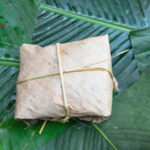
Bánh Gai Thái Bình

Bánh Gai Hà Tĩnh
Bánh Gai: Ingredients and Preparation
Main Ingredients
Main Cooking Method
Preparation Process
Bánh Gai: A Deep Dive
Cultural Significance
Taste
Texture
Aroma
Color
Serving Style
Serving Temperature
Accompaniment
Occasions
Seasons
Special Diets
Calories
Popularity
Popular Similar Dishes
- Suman
- Zongzi
- Bánh Ú
- Bánh Ít
- Bánh Tro
Popular Dining Area
Bánh gai is a traditional Vietnamese sweet treat that originates from the Red River Delta of Northern Vietnam. This cake comes in a square shape and is mainly made with glutinous rice flour.
Furthermore, bánh gai also features ramie leaves in the flour mixture, giving the cake a signature black color. As for the filling, locals often go for a mung bean paste mixture for a mild sweetness.
Alternatively, other options like other nuts or seeds are also incorporated to diversify the filling flavor. Another notable feature of bánh gai is its wrappers, with all variations often made with dried banana leaves. Once steamed, the leaves help in preserving the cake’s freshness for a longer period at room temperature.
Don’t just stop at the basic information about bánh gai, as this black cake treat offers many adaptations for you to uncover. Then, learn about the benefits and drawbacks of eating bánh gai before letting some of the common inquiries of other readers satisfy your curiosity.
Additionally, I’ll provide you with some suggestions for treats that share the concept like bánh gai.
Key Points
Bánh Gai Images
What Are the Different Versions of Bánh Gai?
Bánh gai, thanks to many Vietnamese regions, has various adaptations that showcase its unique flavor:
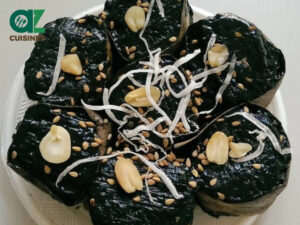
Bánh Gai Tứ Trụ
A specialty of Mia village in Tu Tru village
Features sugarcane syrup
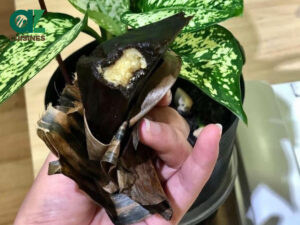
Bánh Gai Nam Định
A variation from the Nam Dinh area
The glutinous rice flour has a unique taste

Bánh Gai Ninh Giang
A specialty of in Ninh Giang of Hai Duong
Has a history of almost 700 years in Ninh Giang
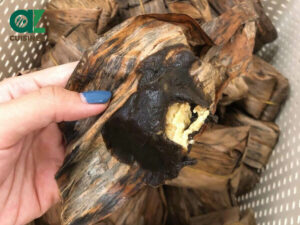
Bánh Gai Nghệ An
Reflects the local tastes and ingredients of the Nghe An Province

Bánh Gai Thái Bình
A version from Thai Binh
Popular variation is bánh gai Đại Đồng with a 400-year history
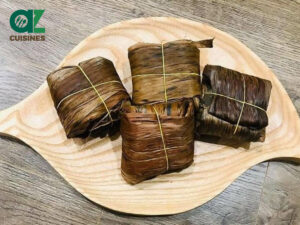
Bánh Gai Hà Tĩnh
A specialty of Ha Tinh
The region has a long tradition of making bánh gai
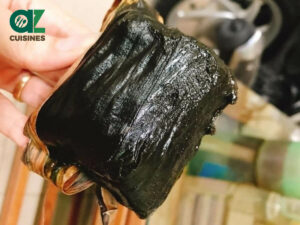
Bánh Gai Đức Thọ
A version of bánh gai from Duc Tho Village
Has a signature flavor of sugarcane syrup
Additionally, you should be aware of the positive and negative features of consuming this bánh gai treat.
Pros and Cons of Eating Bánh Gai
Here are the main features that people should consider closely when having bánh gai:
Pros
Cons
Aside from these aspects, it’s also a wise thing for you to take a look at some of the common concerns about bánh gai.



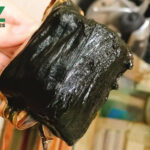
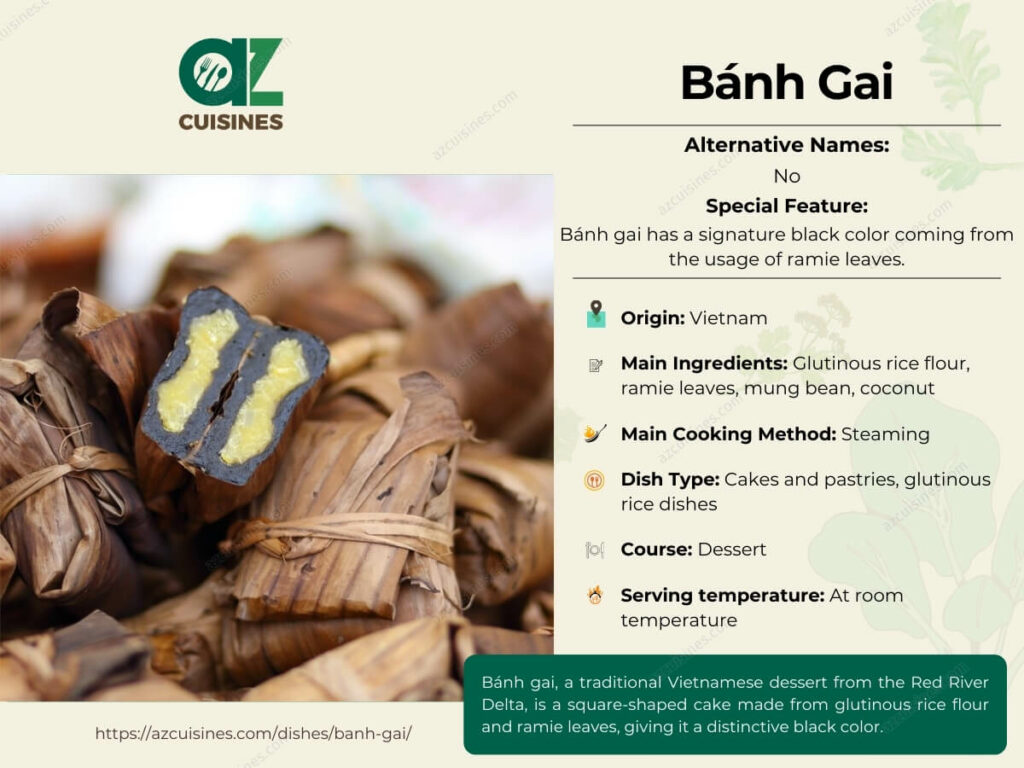
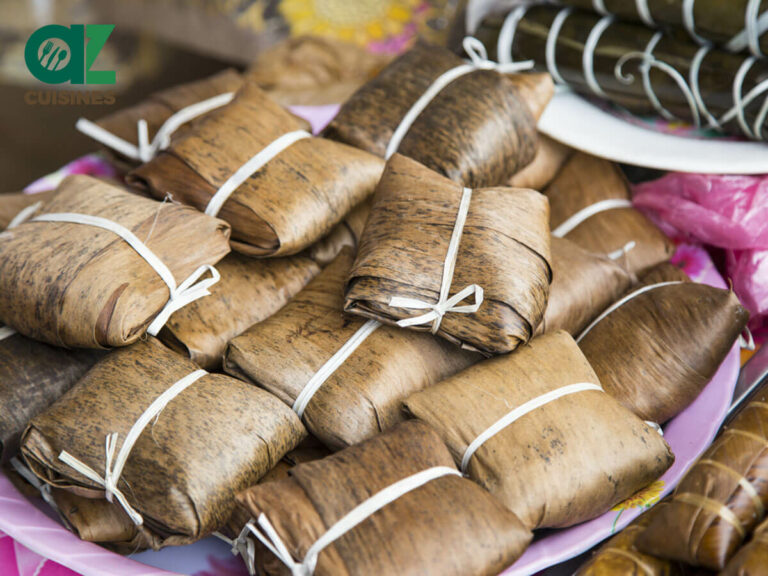

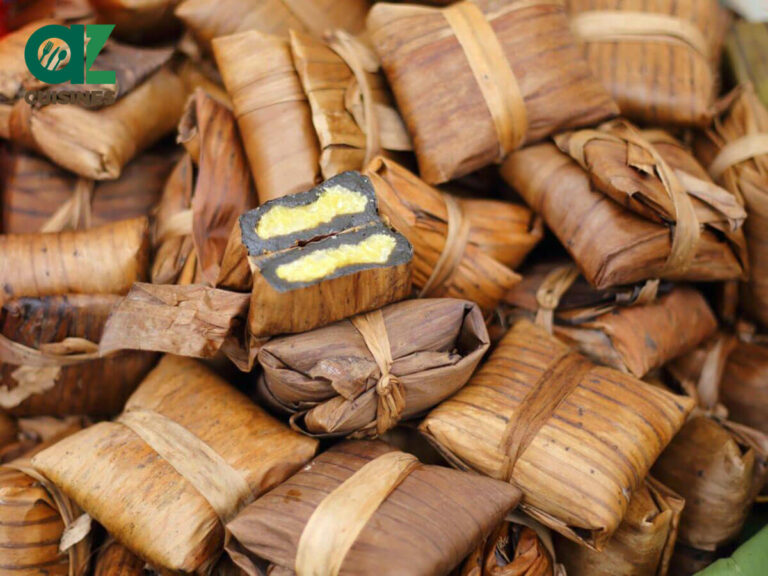
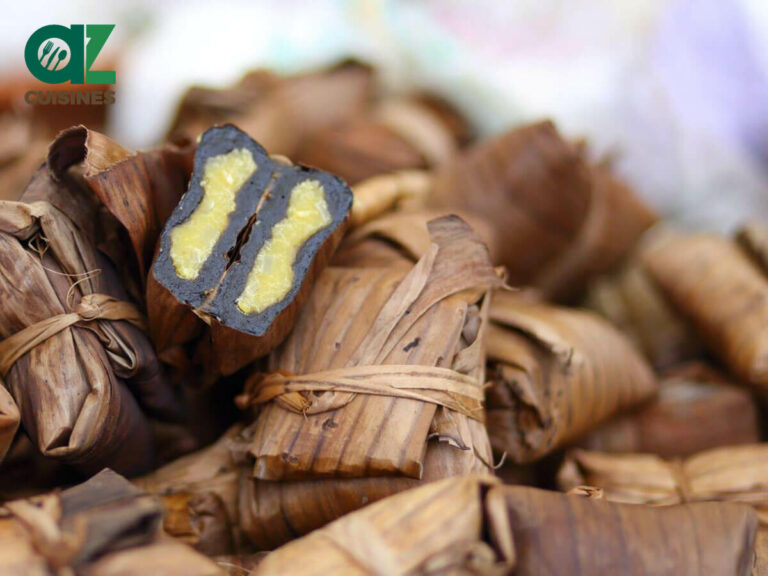
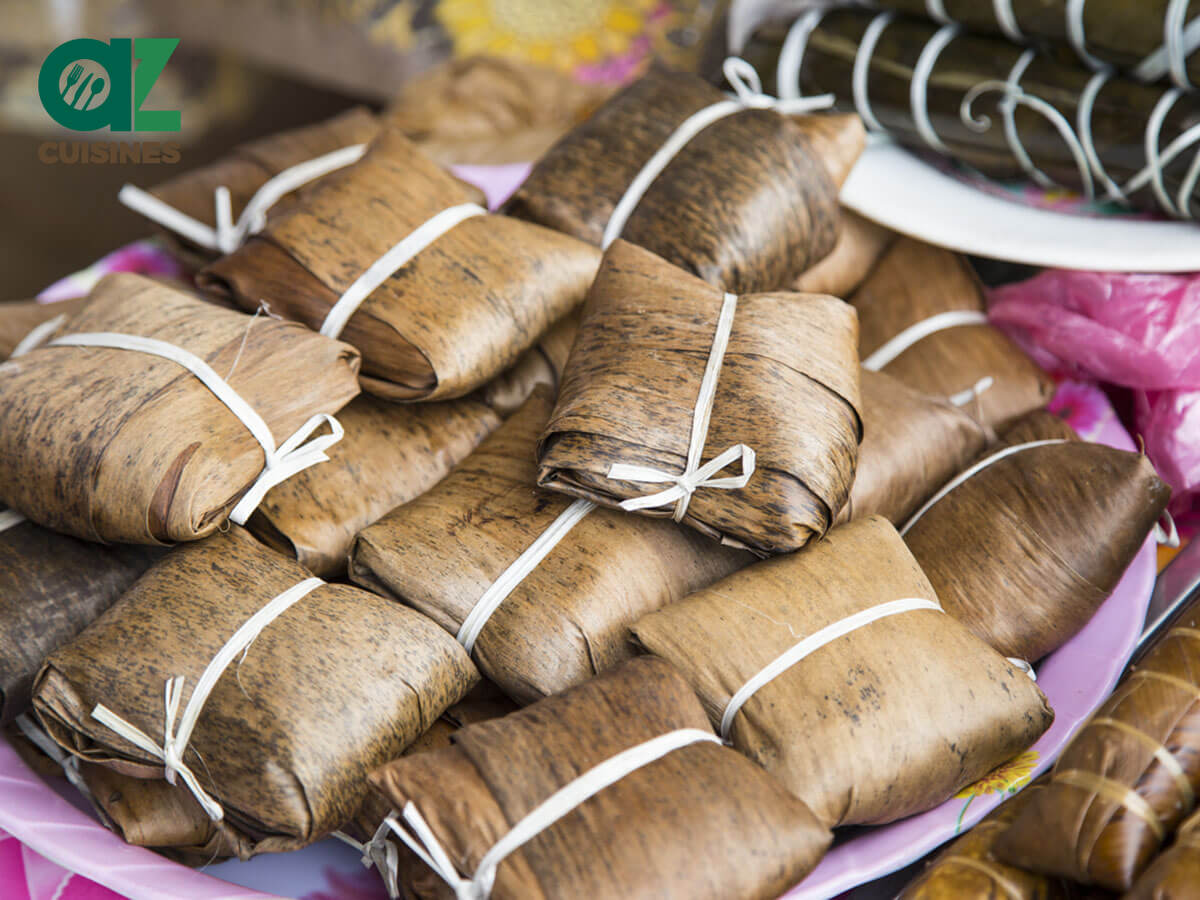
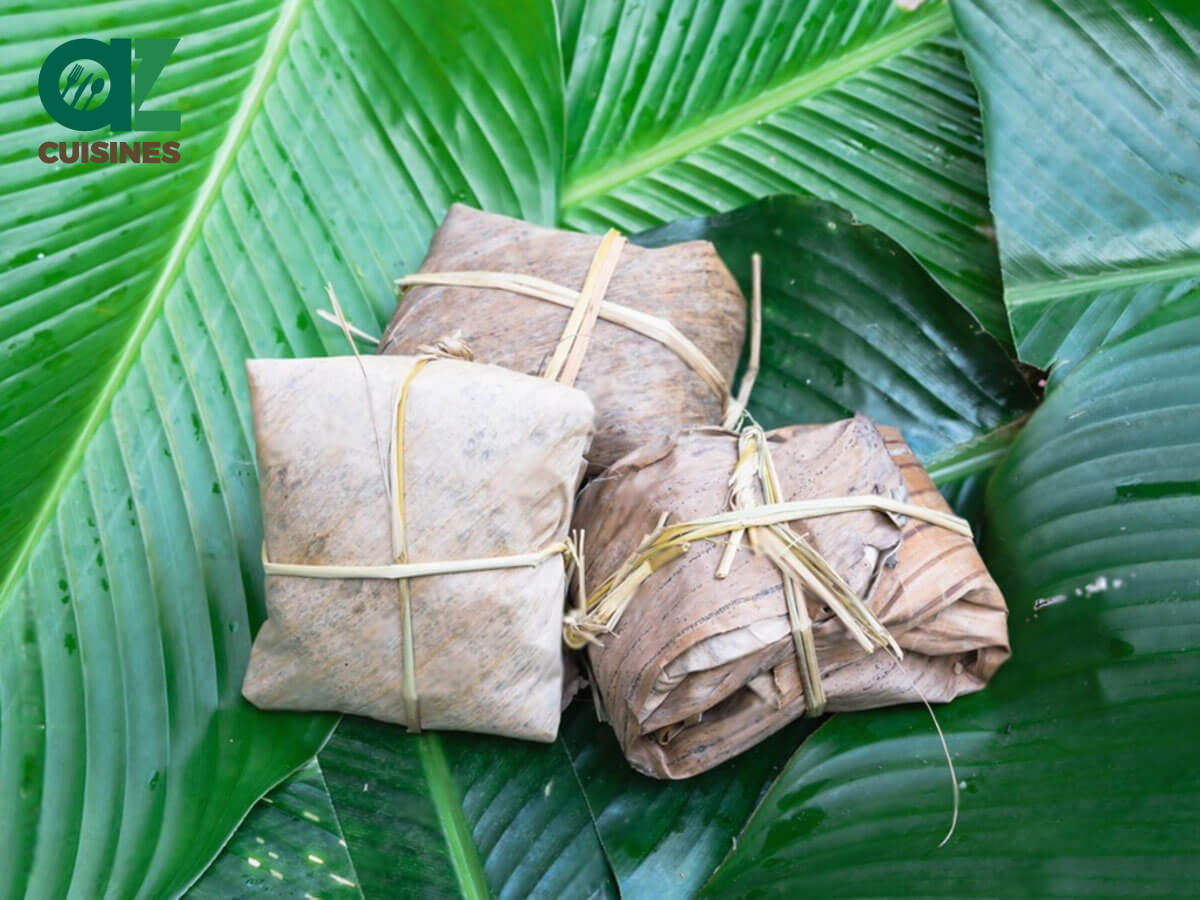
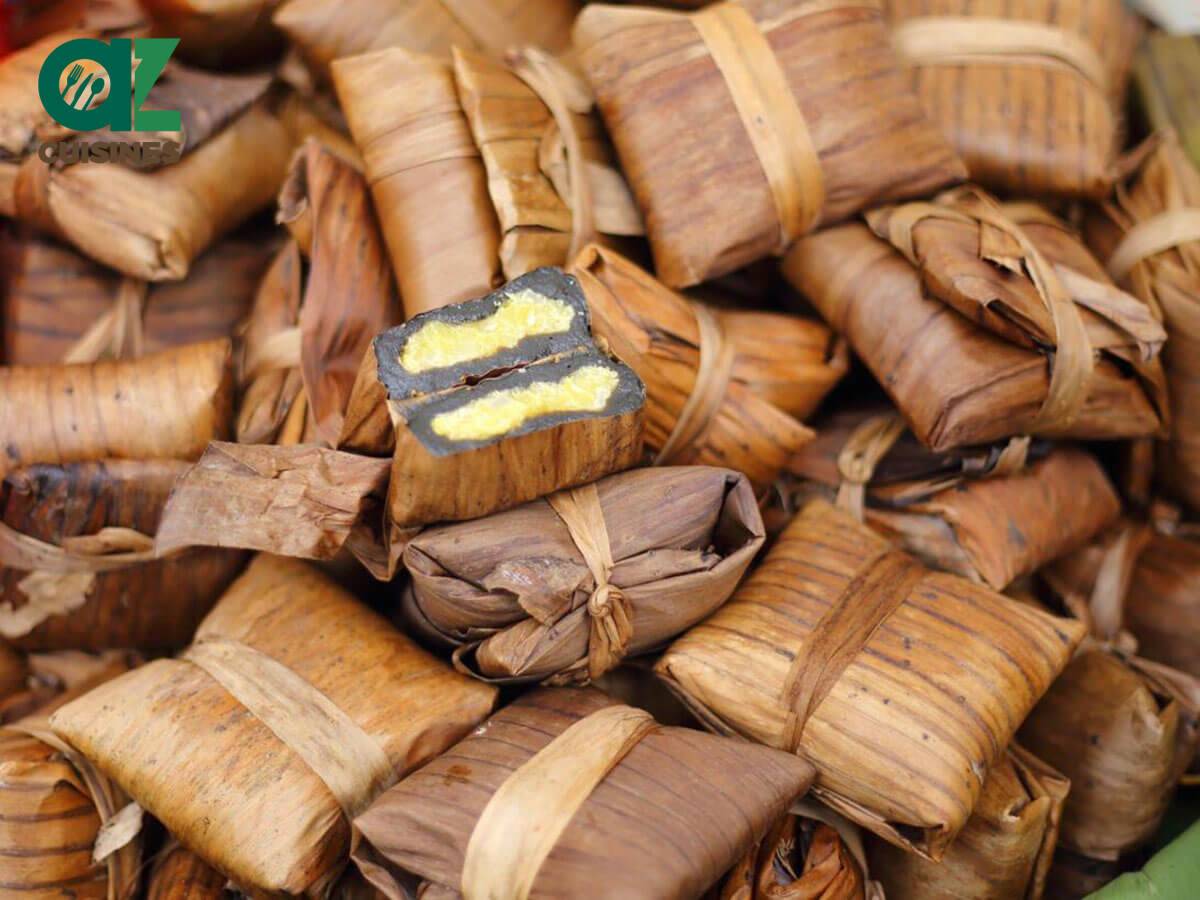
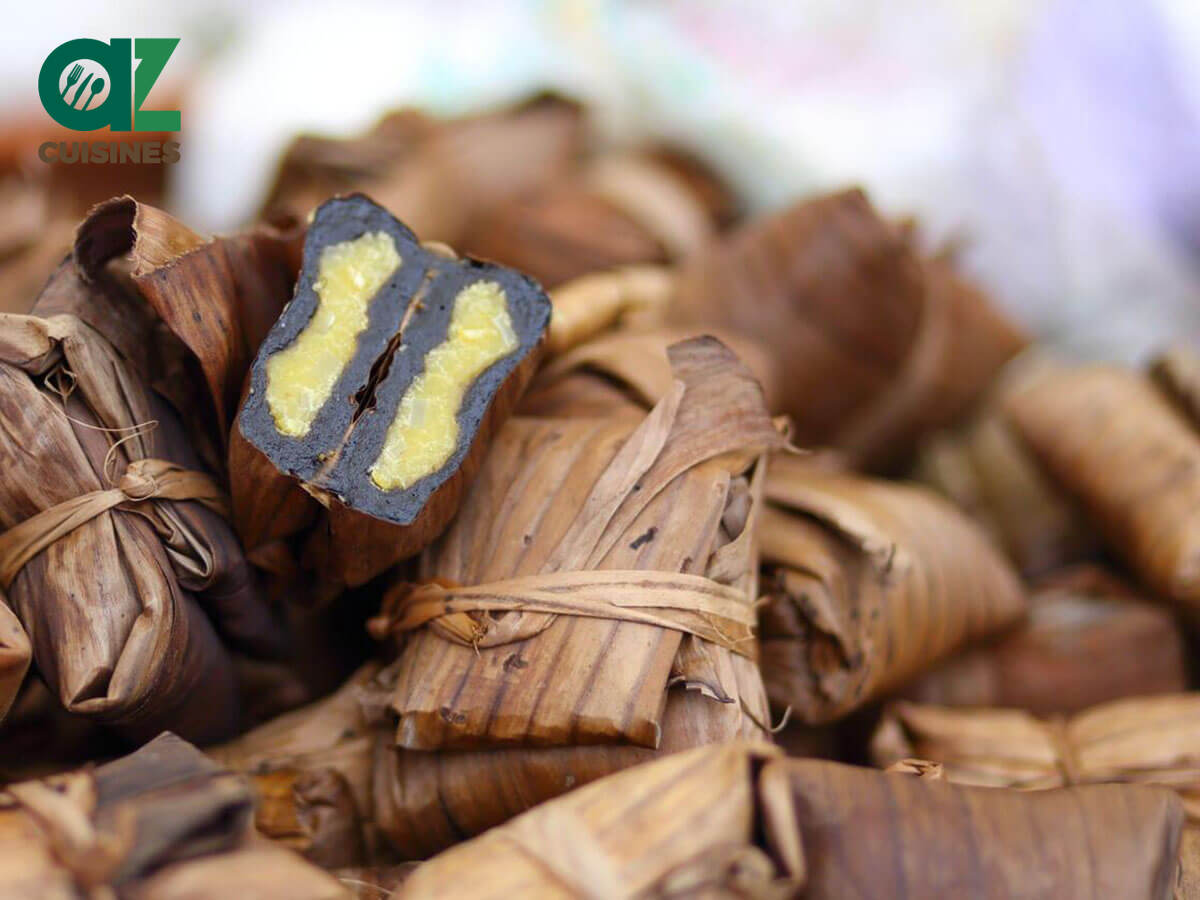
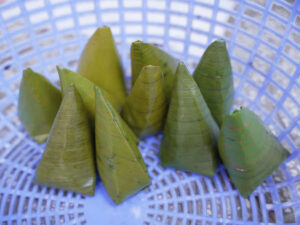

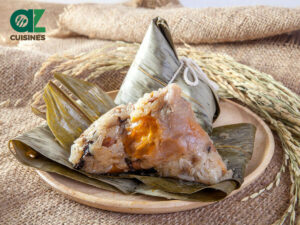
Truc Tran (Kris)
Senior Food Editor
Expertise
Home Cooking, Meal Planning, Recipe Development, Baking and Pastry, Food Editor, Cooking-video Maker, Vietnamese Food Evaluation Expert
Education
Truc Tran (Kris), an experienced food writer and editor, is great at exploring and describing global cuisines, from simple street food to fancy dining. In her writing, she skillfully mixes different flavors, cooking methods, and culinary traditions, showing the unique character of various cultures through their food and drinks. On azcuisines.com, Kris highlights her knowledge, especially in Asian cuisine and worldwide traditional dishes.